Every decision you make—whether to exercise, procrastinate, eat healthy, or indulge in junk food—is influenced by how your brain processes rewards and consequences. Understanding this mechanism allows you to hack your motivation system, making it easier to build good habits and break bad ones.
By leveraging dopamine, reinforcement loops, and strategic consequence management, you can train your brain to stay disciplined and consistently work toward your goals. This article explores how the brain interprets rewards and consequences and how to use this knowledge to your advantage.
1. How the Brain Processes Rewards and Consequences
Your brain constantly evaluates behaviors based on their expected rewards or punishments. This process involves several key regions:
- Dopamine System – Drives motivation by associating actions with pleasure or discomfort.
- Prefrontal Cortex – Controls decision-making and impulse regulation.
- Basal Ganglia – Stores habits and automatic behaviors.
- Amygdala – Processes fear and aversion, influencing risk-taking or avoidance.
Whenever you complete a task, your brain decides whether to reinforce or avoid it based on the reward or consequence it perceives.
📌 Example: If you get a dopamine boost from eating fast food, your brain strengthens that habit. However, if you associate fast food with discomfort (like digestive issues), your brain discourages it.
2. The Role of Dopamine in Reward Processing
Dopamine is often called the “motivation molecule” because it reinforces behaviors by making them feel pleasurable.
How Dopamine Works in the Reward System
| Action | Dopamine Effect | Result |
|---|---|---|
| Completing a task | Dopamine increases | Reinforces motivation |
| Checking social media | Quick dopamine hit | Can lead to distraction addiction |
| Exercising regularly | Dopamine release over time | Creates long-term habit |
| Avoiding discomfort | No dopamine reward | Leads to procrastination |
Dopamine is not just about pleasure—it’s about anticipation. Your brain releases more dopamine before a reward than after, driving you to take action.
📌 Example: You feel excited about starting a new project (dopamine anticipation), but if progress is slow and rewards are delayed, motivation drops.
3. How to Use the Brain’s Reward System to Your Advantage
✅ a) Create a Reward Loop for Productive Behaviors
Since dopamine reinforces behaviors, you can hack your reward system by attaching rewards to productive actions.
- Pair difficult tasks with enjoyable activities (listen to music while working out).
- Celebrate small wins (use a habit tracker to visualize progress).
- Use variable rewards (sometimes reward yourself after completing tasks, sometimes not, to keep motivation high).
📌 Example: If you struggle to study, reward yourself with a coffee break only after completing 30 minutes of focused work.
✅ b) Delay Gratification to Strengthen Discipline
The prefrontal cortex strengthens when you practice delayed gratification. This improves self-control and long-term goal achievement.
- Use the “10-Minute Rule” – When tempted to indulge, wait 10 minutes to see if the urge passes.
- Visualize long-term benefits – Remind yourself why discipline matters.
- Increase the delay gradually – Train your brain to resist instant pleasure.
📌 Example: Studies show that people who resist small rewards (like skipping dessert) develop stronger self-control for bigger life goals.
✅ c) Use Consequences to Reduce Bad Habits
Just as the brain reinforces rewarding actions, it avoids behaviors linked to negative consequences.
- Attach discomfort to bad habits (e.g., delete distracting apps or make junk food harder to access).
- Use social accountability (tell a friend your goal to add pressure).
- Apply financial stakes (lose money if you fail to complete a task).
📌 Example: Apps like StickK make users pledge money toward goals—if they fail, the money goes to an organization they dislike, creating a strong deterrent.
✅ d) Make Progress Visible to Reinforce Habits
Your brain loves tracking progress because it provides continuous dopamine boosts.
- Use a habit tracker (seeing checkmarks triggers reward signals).
- Set milestone rewards (celebrate reaching weekly or monthly goals).
- Gamify your tasks (turn work into challenges with point systems).
📌 Example: People who track workouts or savings goals are more likely to stay consistent because they see real-time progress.
✅ e) Reframe Challenges as Opportunities for Dopamine Release
Your brain releases dopamine when it feels progress. Instead of seeing hard tasks as painful, reframe them as exciting challenges.
- Use the “Level-Up” Mindset – Treat goals like a game with new levels.
- Emphasize learning – See mistakes as progress, not failure.
- Find intrinsic rewards – Shift focus from external rewards (money, approval) to internal growth.
📌 Example: If you struggle with public speaking, frame it as an opportunity to grow confidence rather than fearing failure.
4. Long-Term Strategies for Rewiring Your Brain for Success
✅ Reduce “dopamine hijackers” – Limit social media, junk food, and excessive entertainment to avoid addiction to instant gratification.
✅ Strengthen natural dopamine pathways – Engage in creative projects, exercise, and meaningful work to create sustained motivation.
✅ Surround yourself with disciplined people – Your brain mirrors the habits of those around you.
✅ Prioritize sleep and recovery – Lack of rest weakens impulse control, making bad habits harder to break.
📌 Example: Neuroscientists found that dopamine naturally increases when people engage in meaningful, long-term projects, making disciplined people happier over time.
Final Thought: Train Your Brain to Work for You, Not Against You
Your brain is constantly processing rewards and consequences to shape your habits and behaviors. By understanding how dopamine, anticipation, and habit reinforcement work, you can take control of your motivation system and use it to achieve your goals more effectively.
✅ Create rewarding loops for good habits
✅ Use delayed gratification to strengthen self-discipline
✅ Attach consequences to bad habits to break them faster
Start today: Choose one strategy from this list and apply it to a habit you want to improve—your brain will adapt, making discipline feel effortless over time! 🚀

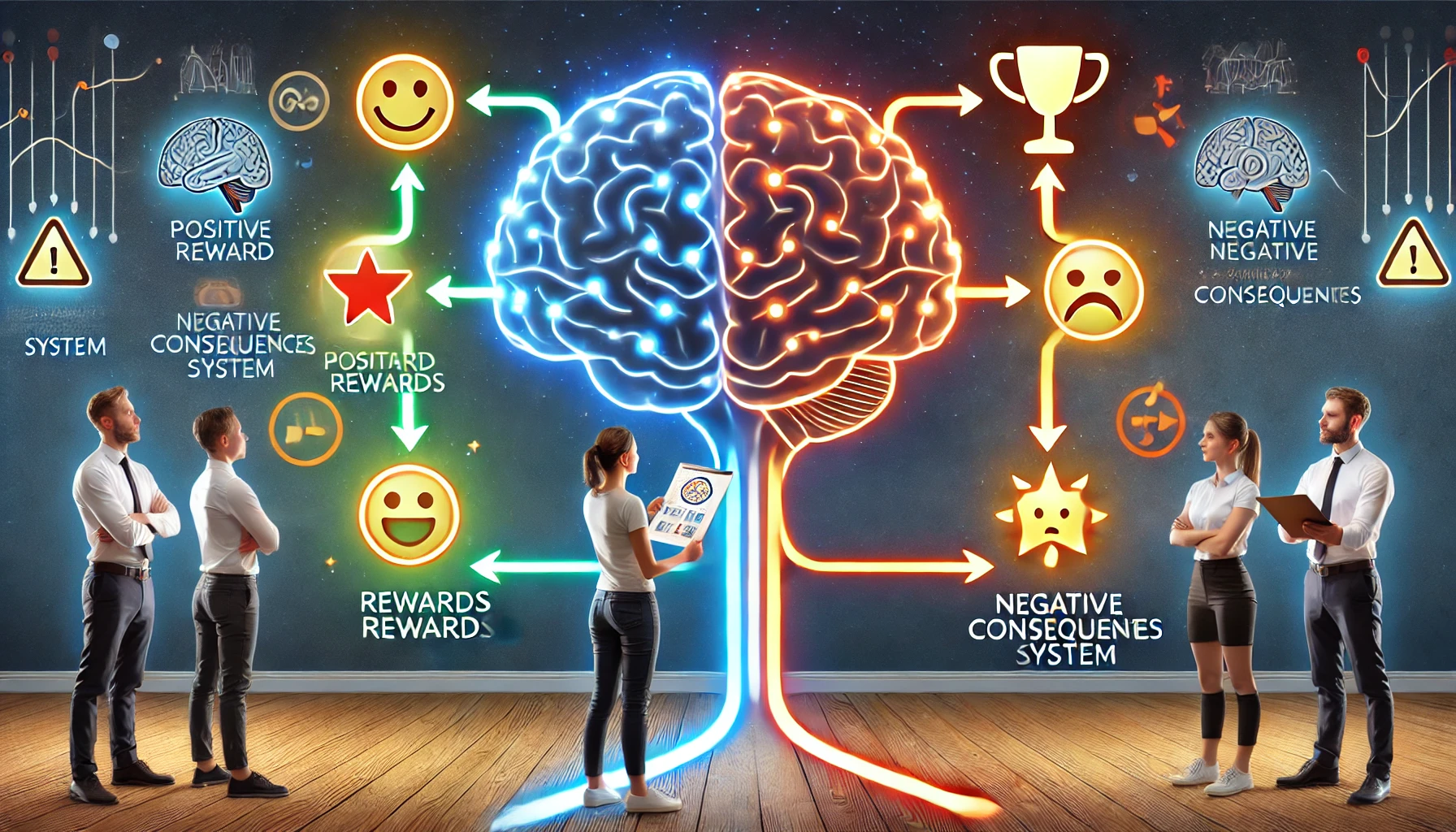
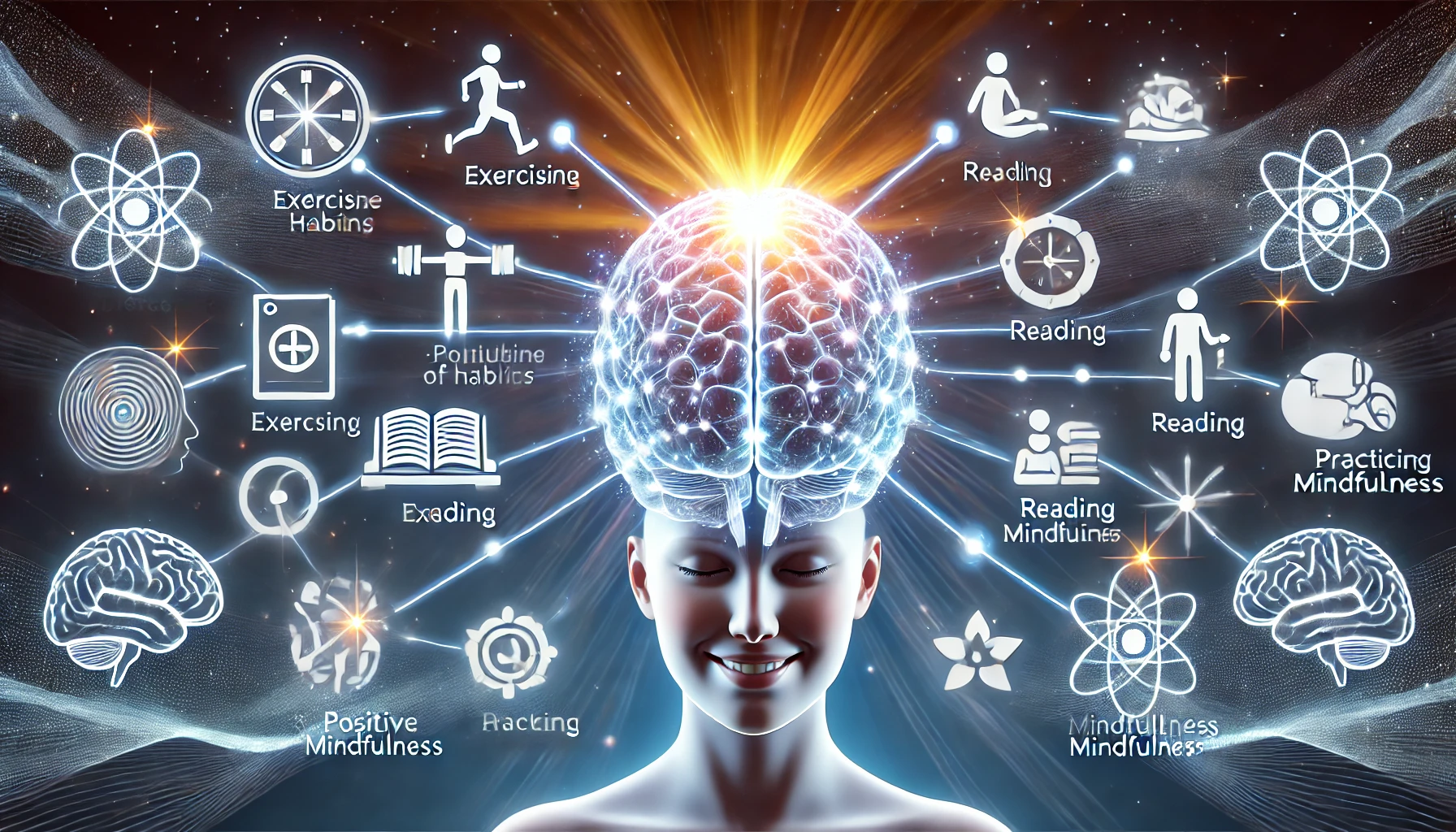

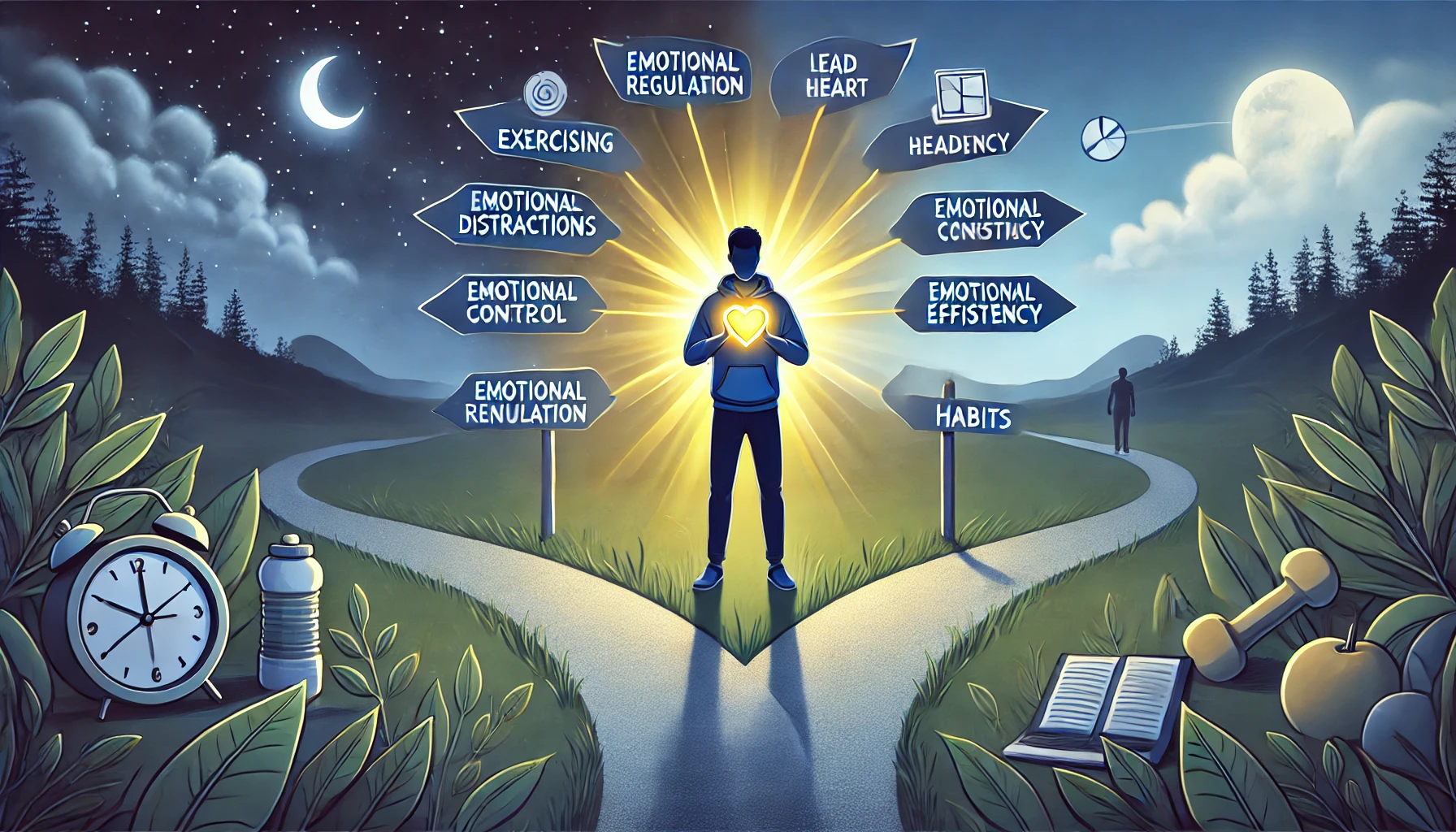
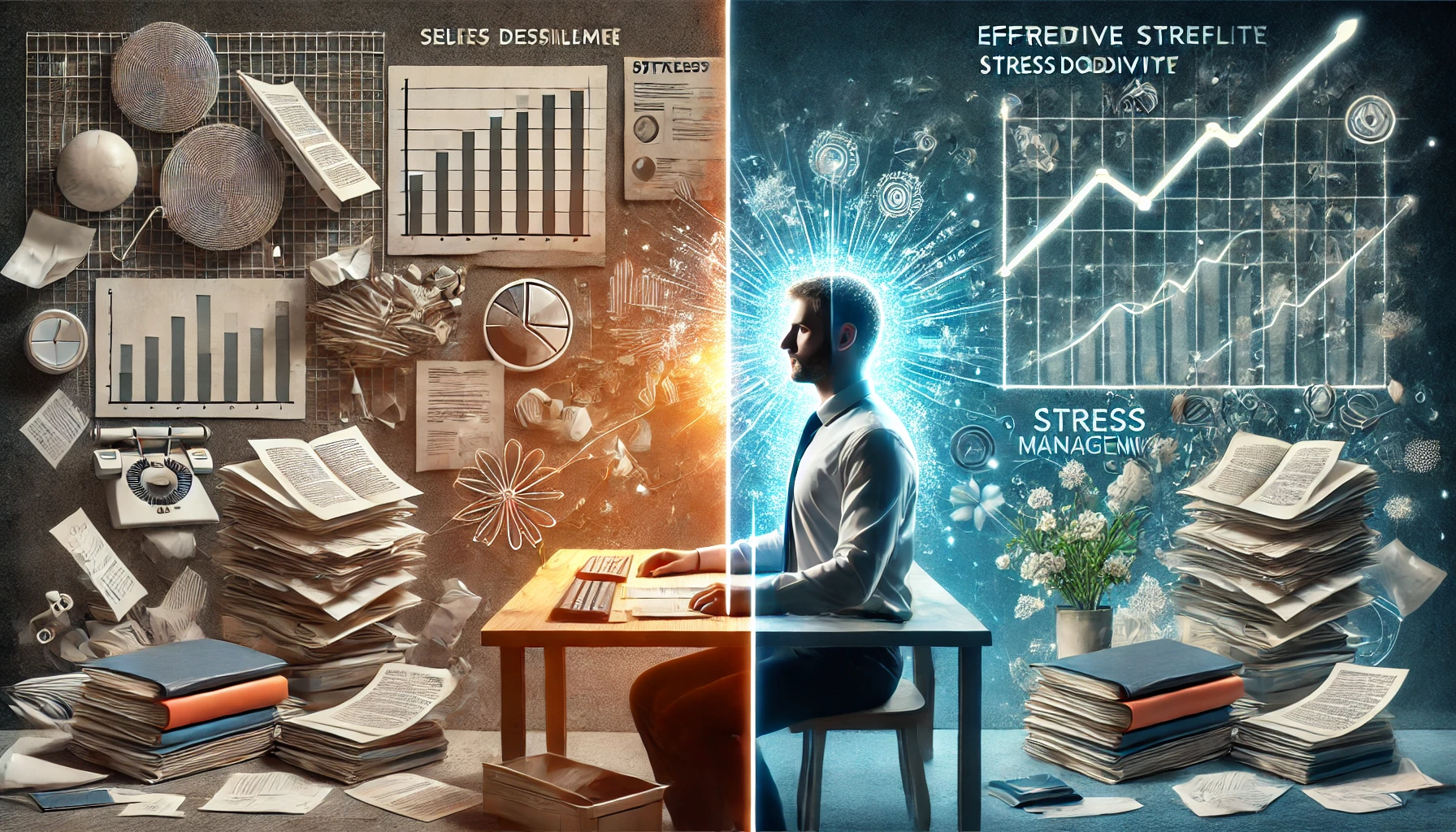
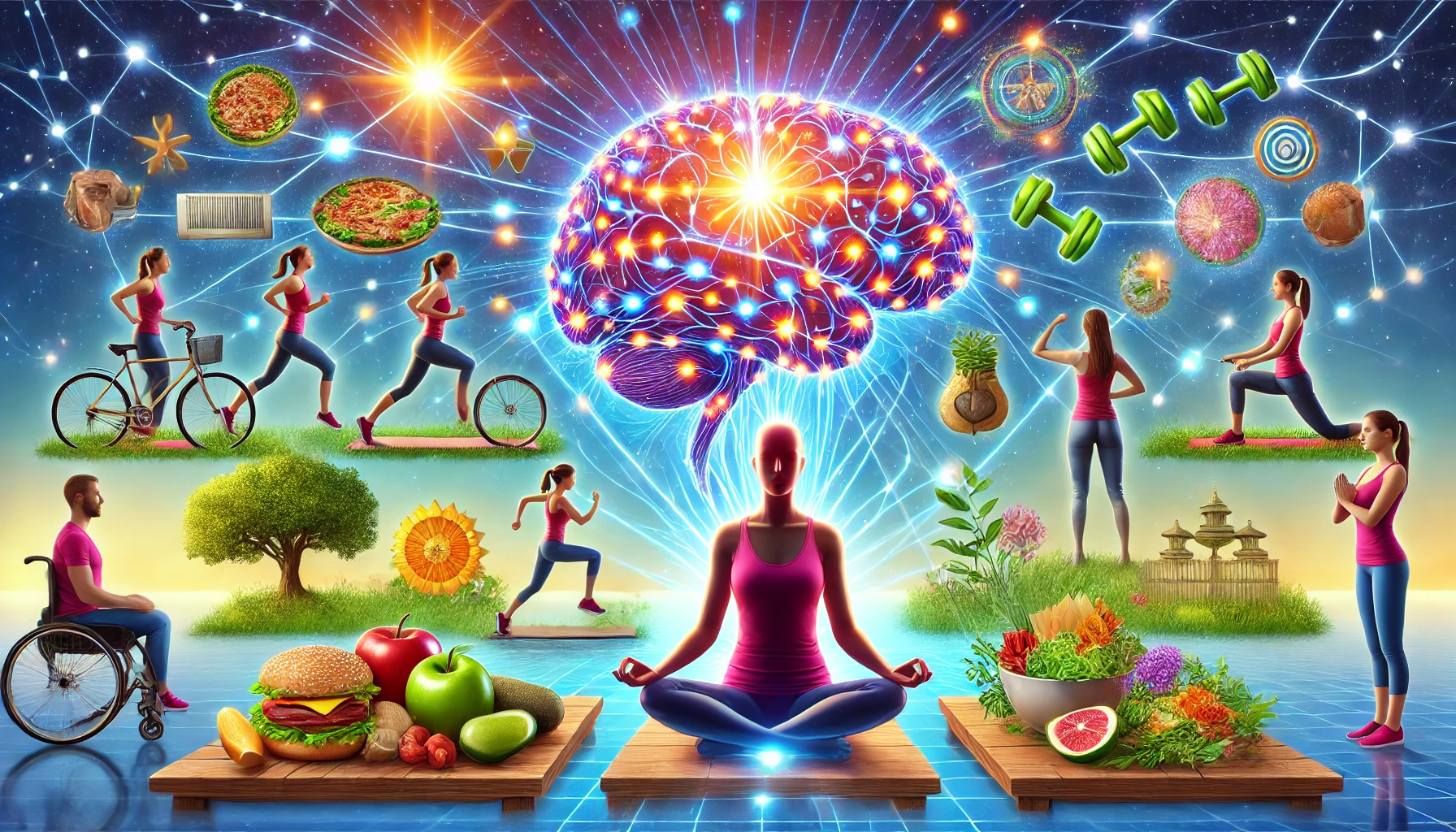
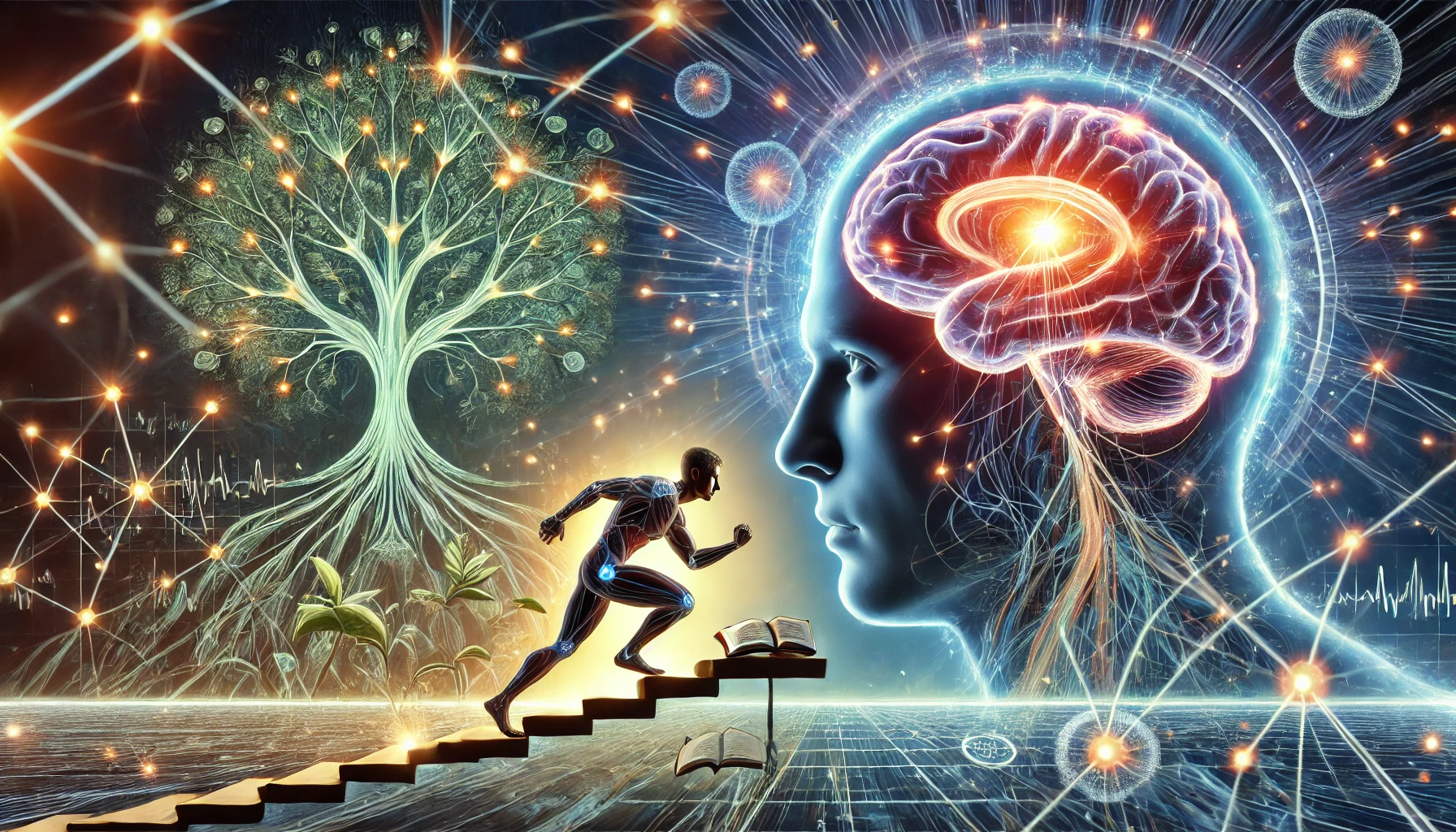
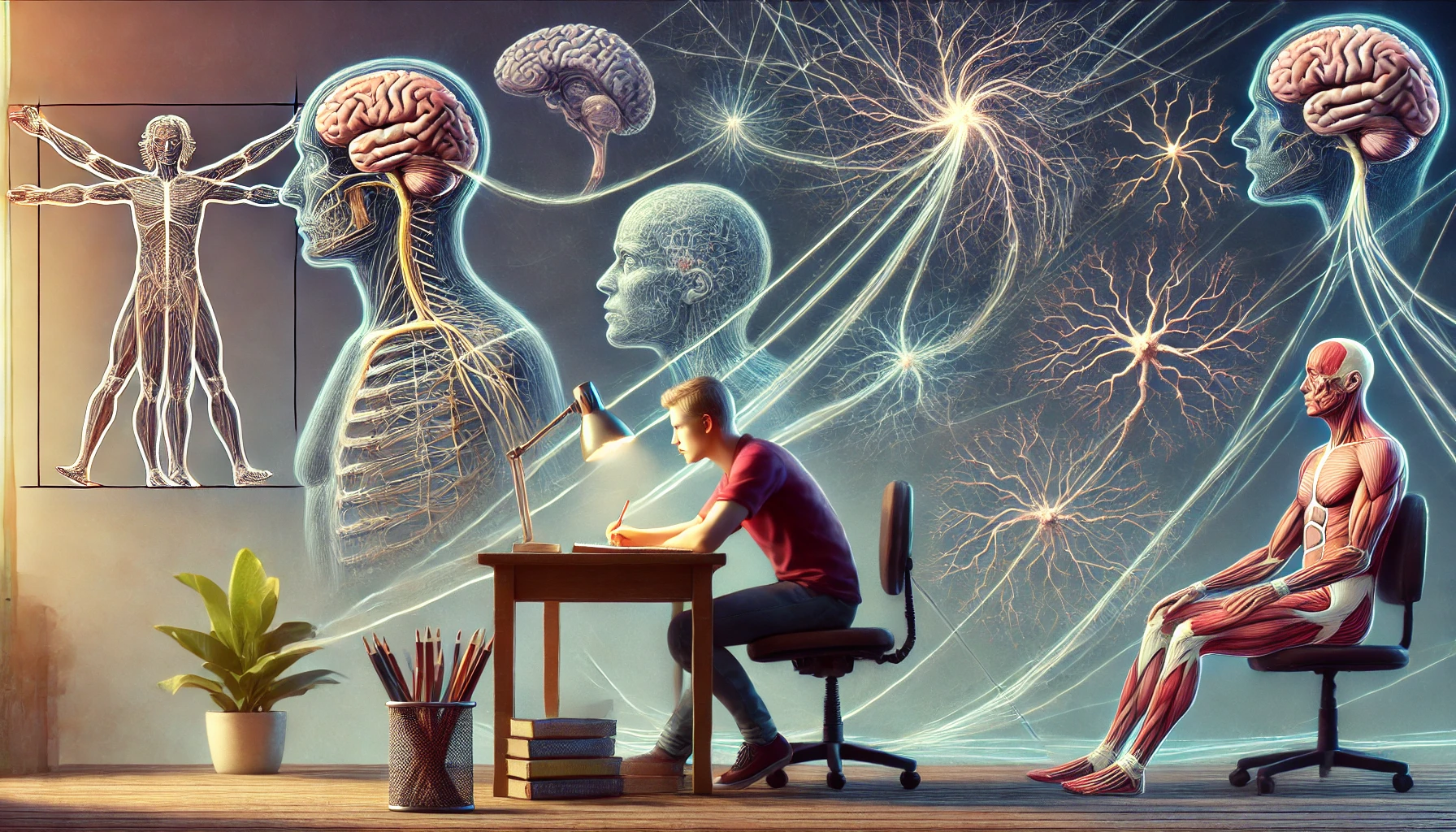
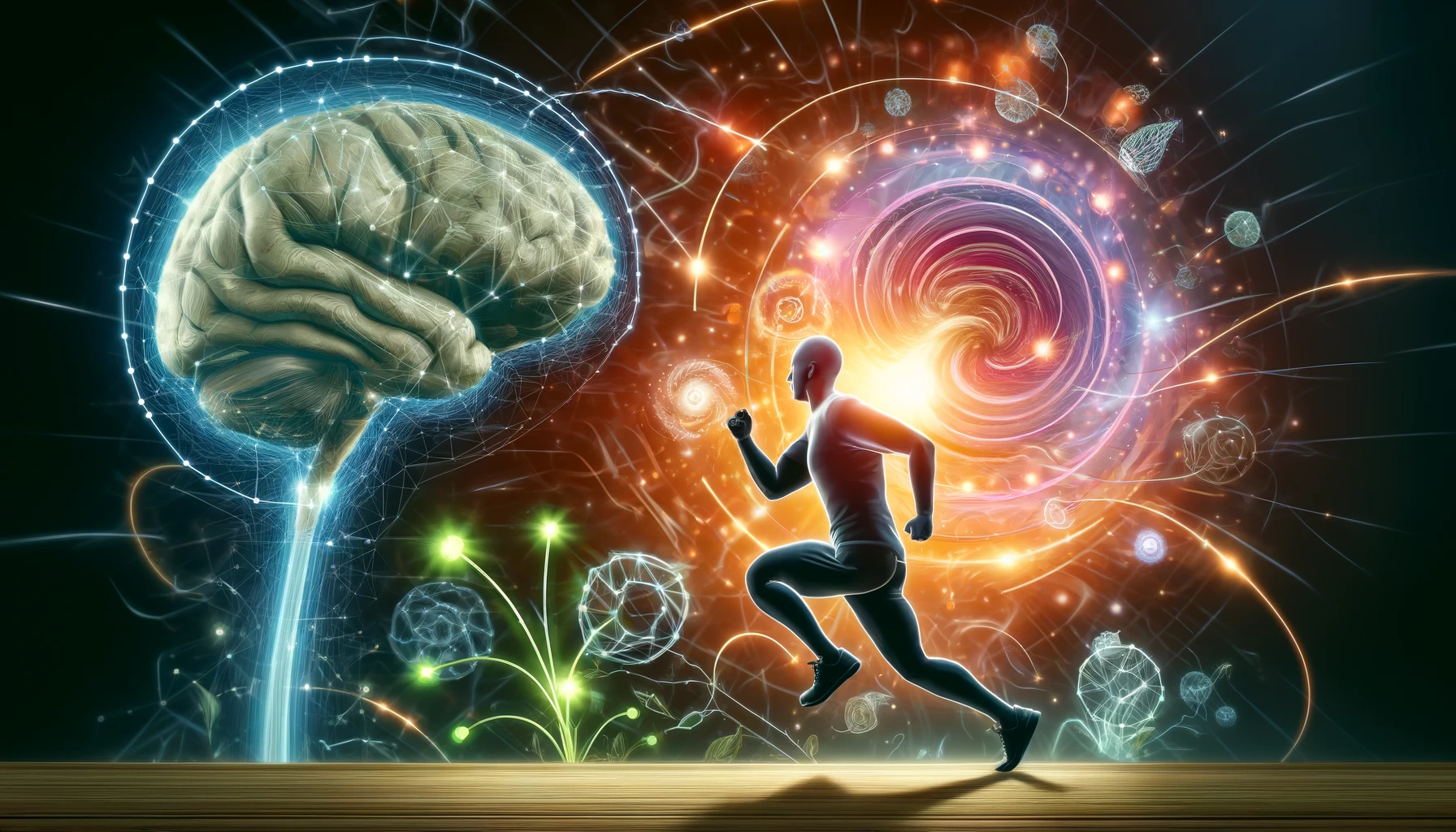

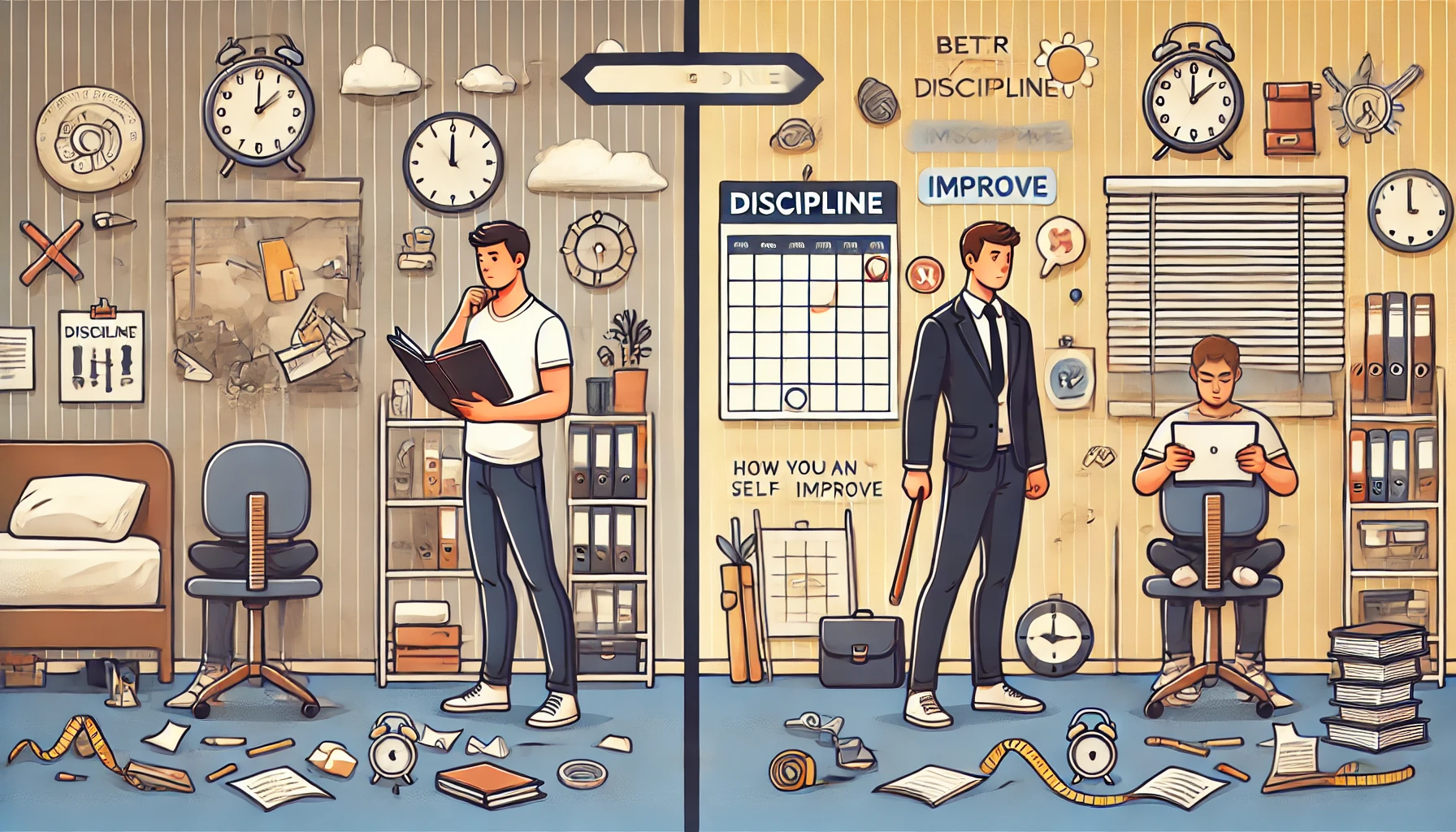
Leave a Reply